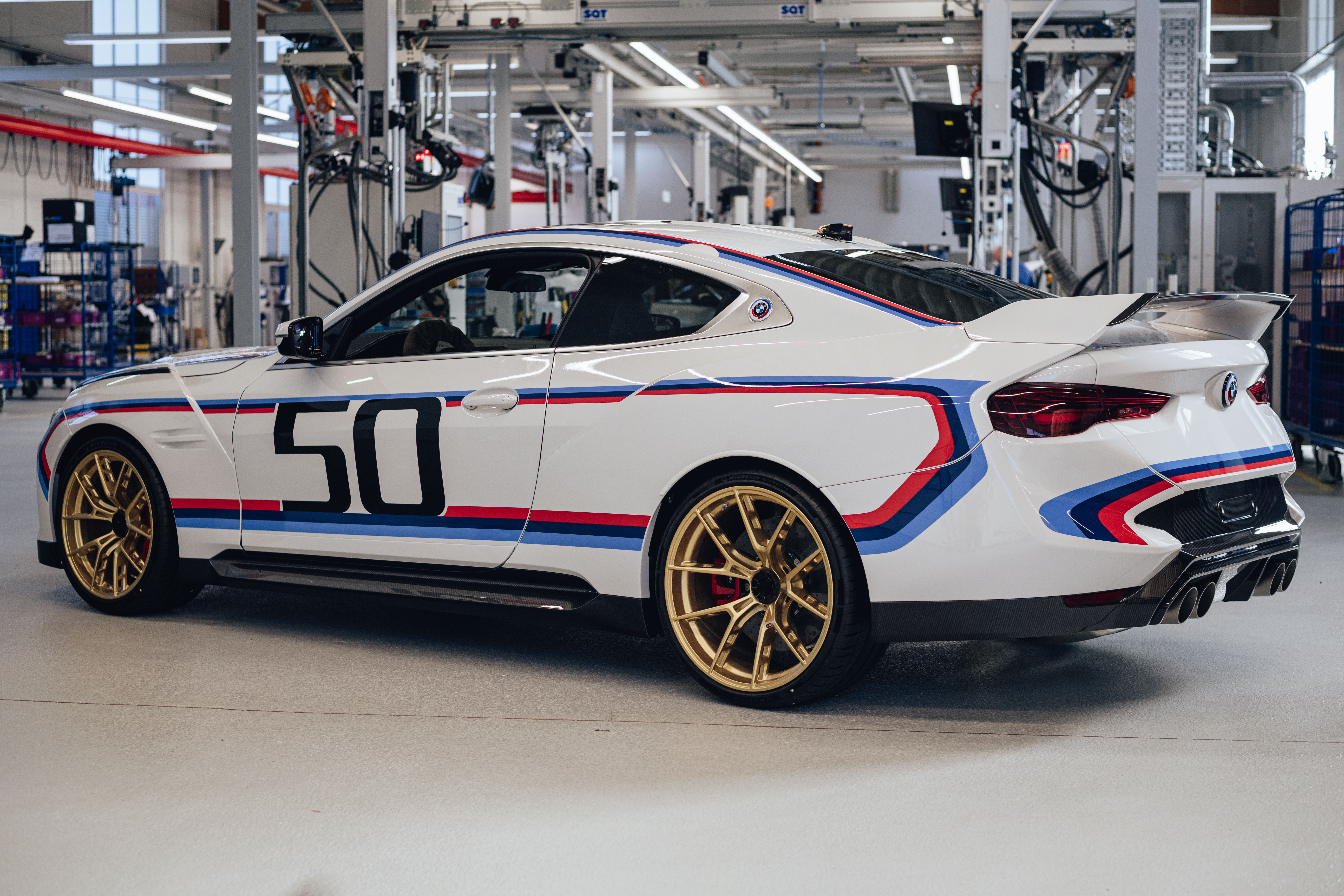For some time there has been a slow move to buying and selling online which fundamentally changed the dynamics of the collector-car market.
The COVID pandemic forced sales globally to be transacted through quickly constructed online channels, and the practice of bidding from where-ever you happen to be in the world became normal practice.
This presented collectors with a challenge, the 'bricks and mortar'' auction houses are choosing to move back to business as usual, leaving a number of ''online auctions'' that appeared to take their place.
Choosing a digital partner for your next purchase when you haven't physically seen the vehicle can take a strong nerve, and the platform you choose needs to deliver a truly transparent buying experience.
Some platforms decided to align with influencers to gain credibility and awareness, but to some degree whether a celebrity is involved has little bearing on the likelihood of your new classic car meeting you expectations.
There is a direct correlation between a vehicle’s rarity and value, and the amount of scrutiny you must put the vehicle under when deciding on a purchase.
Overall condition must be supported by a documented service history, and if you are able using services such as Ferrari Classiche, Jaguar Heritage, FCA or marque specialists knowledge of a particular car to audit service records, racing pedigrees, driver histories, and even photographic evidence if it exists all bring clarity to the history and value of your existing or prospective vehicle(s).
Consider for high-value of the vehicle whether an engine oil analysis, compression and leak-down tests on the engine to check for wear is warrantied. Exceptionally low mileage cars should to some extent prove the right care has been given to preserve the vehicle in storage, or in the case of modern high-performance cars they haven't spent their lives on the track where the wear on the drive-train and chassis won't necessarily be reflected by the mileage alone.
Moving on to the bodywork, claims that a car has 100% factory paint, can be easily checked with paint-meter readings.
Similarly, it's not difficult to photograph date codes present on lights, body-glass, and even each tyre will have a date code, all simple things a seller can list in the description pointing to the fact the vehicle is original and has been fully cared for throughout its life.
There are a few schools of thought when looking at the presentation of vehicle. It's expected that a clean, well detailed car will present well in photographs.
A clean and prepared underside and engine bay shows buyers the actual condition of the structural elements of the vehicle, without years of dirt, grease, and oil covering these components. But, unless you are looking at a freshly restored, concours level car, or exceptionally low mileage there can be some comfort in a bit of dirt, it shows nothing under the bonnet has been stripped down and replaced recently.
Modern detailing techniques can be used to prep the exterior to a concours level. Paint correction using machine polishing, high-quality polishes and even ceramic coatings. likened to adding an additional thin layer of clearcoat ceramic coating to maintain a show-quality finish and protect the car from environmental contaminants and chips and scratches.'
Recently dry-ice cleaning or blasting has become commonplace. There are numerous ways to use dry ice, no water and no harm sensitive electronics the way decades of grim and use can be removed in a few hours is impressive to watch.
A number of specialist techniques can in a most cases are worth the moderate investment when it comes to the final sale price of the vehicle.
Paintless dent removal (PDR) is a technique used to remove dents, rather than refinishing damaged body panels, using specialist tools to massage the metal back to , metal heating techniques, and the use of adhesive tabs to ''pull'' dents from hard to access areas, as the paint is intact the panel will be returned to its original condition.
Leather and interior restoration is also vital, and quality repairs are fairly quick to implement, and will improve you outcome of a sale.


